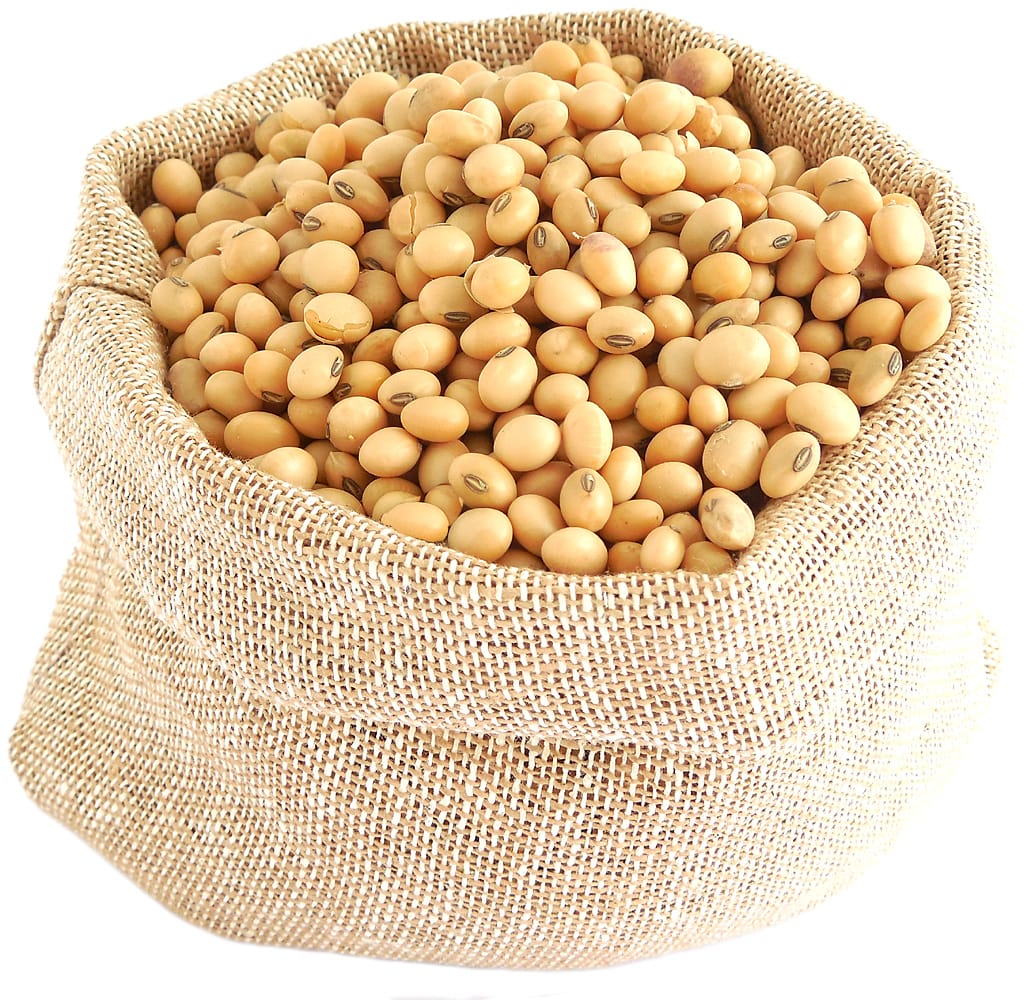Native to East Asia, soy (Glycine max) is one of the world’s oldest cultivated plants. Soybeans are an important source of complete protein, containing significant amounts of essential amino acids, which helps to balance the nutritional value of food and livestock feed. The major soy producers are the United States, Brazil, Argentina, China, and India. Currently most of the northern production regions are located on the US – Canada border (latitude N48-50°). In Europe, soy has been cultivated mainly in the south (N40-45°), and recently in more northern regions, including French Alsace and German Bavaria (N48°). So far there is no soy cultivation in Belgium (N50°).
IWT supports soy cultivation in Flanders
Flanders imports 800,000 tons of soybeans each year. The aim is to lower that amount to 600,000 by 2015, and compensate with locally grown soy. The high demand for protein crops increases soy prices. Furthermore, the import raises social and ecological questions. In some countries, soy production contributes to deforestation, leading to biodiversity loss, erosion, climate change and social problems. There is a growing demand for local, responsibly produced raw materials and the cultivation of soy in Flanders can meet these needs. In November 2014, a four-year IWT project ‘Introduction of soybean cultivation in Flanders’ was launched in partnership with ILVO (Institute for Agricultural and Fisheries Research), KU Leuven, and Inagro, to determine profitability of soy cultivation in Belgium.
Research into local soy cultivation
Soy grows in climates with hot summers, therefore the choice of a suitable crop variety is crucial for successful cultivation in relatively cold Western Europe. Below 20°C the plants grow significantly slower. Only the early varieties manage to produce dry beans at the end of the growing season, which qualifies them for cultivation in our region. ILVO selected 18 varieties, which will be grown on sandy loam soil in Merelbeke and sandy soils in Geel. “The goal is to make soybeans become the new corn”, says Sofie Goormachtigh, doctoral student at ILVO, in search of the optimal crops. “We experiment with the sowing time, the right varieties, optimum sowing distance, fertilization, weed control and proper soil bacteria, to maximize soybean yield. Last year we harvested for the first time and field trials are promising.”
How is Belgian soy going to be used?
Soybean oil is used in food products, while its by-products, soybean meal and hulls, are used in livestock feed. The Belgian supermarket group Colruyt, and the animal feed chain Aveve, are participating in the pilot project, and within a month the first pigs raised on local soy will be slaughtered. In addition, Alpro, which also invested in the soybean research project, processes the soybeans into products for human consumption: soy butter, milk, and yoghurts. Half of its yearly soy consumption (tens of thousands of tons) already comes from Europe. This year they will reap 10 tons of Belgian soy from the test project. Thanks to these scientific efforts, we may soon be able to efficiently cultivate soy, which have not been grown in our climate to date.


